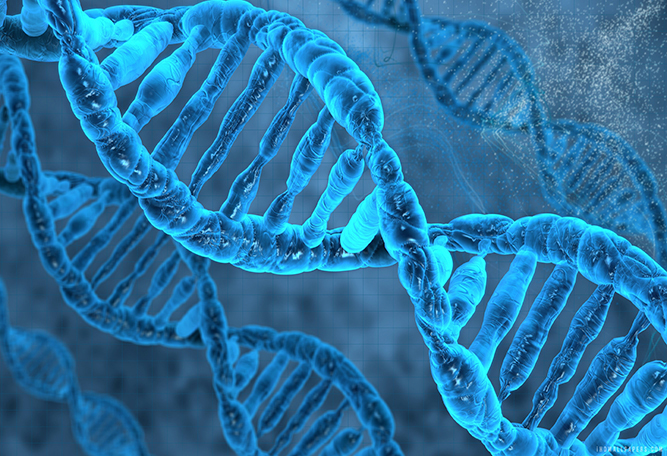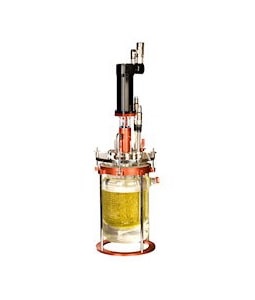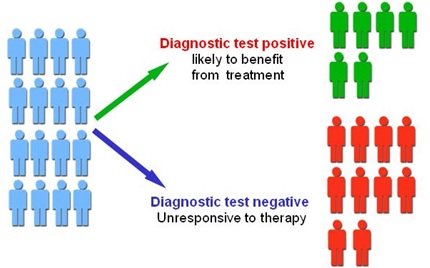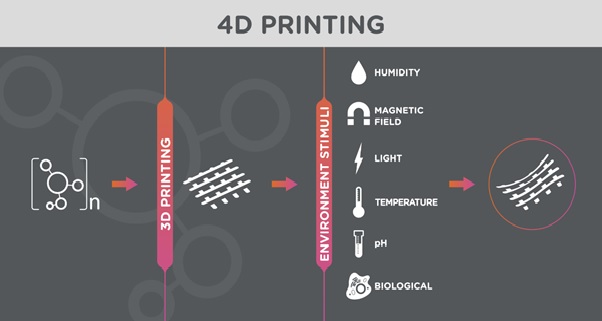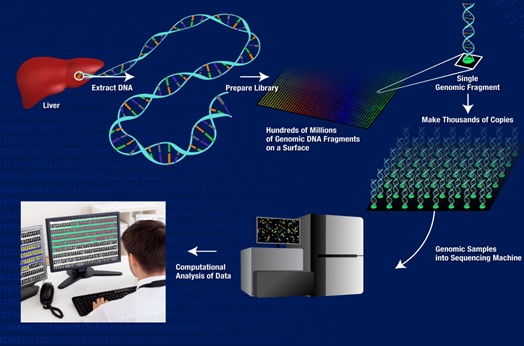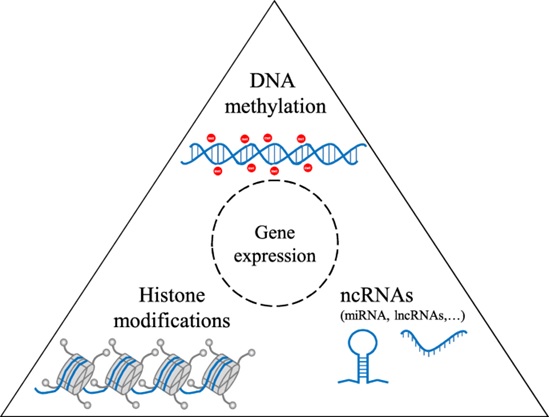Gene Editing in Biotechnology
Genetic engineering has come a long way from genetically modifying organisms by random insertion of foreign DNA to making precise edits in genomes. The increased efficiency of gene editing is due to the development of engineered nucleases, and lately CRISPR, as molecular scissors. This opens up applications in gene therapy for the treatment of genetic disorders as well as other conditions, with gene editing techniques adding, replacing, or silencing particular genes. The targeted gene modification also enables the development of better transgenic plants and animals.[1]

Figure 1. The Gene Editing in biotechnology
Figure 1 shows Genome editing is widely used in studies in a variety of organisms. For example, CRISPR is used to make “knockout” models of disease in a wide range of animals, enabling researchers to study the underlying genetic causes. It also is being used to change genes in certain tissues or organs, facilitate the study of diseases by focusing on culprit genes, create cell models of disease such as in human pluripotent stem cells and inactivate viruses in pigs so that pig organs could potentially be used as a source of replacement organs for humans. It also is being explored to modify yeast cells to make biofuels and to improve strains of agricultural crops. Gene drive technology using CRISPR allows for the spread of engineered traits through populations of sexually reproducing organisms at a rate more rapid than what occurs in natural evolution. This research could be applied to alter mosquito populations to help interfere with the transmission of infectious diseases.[2]
PLANTeDIT provides Genome Editing Solutions:
PLANTeDIT is an Irish startup producing non-transgenic, genome-edited plant products. The startup uses patented genome editing tools and its in-house transformation technology to enable efficient direct delivery and swift regeneration of genome-edited plants. PLANTeDIT mutates the FAD2 gene in soya to create a high oleic variant. The high oleic oils help food companies lengthen the shelf-life of food items.
Plastomics offers Chloroplast Editing:
US-based startup Plastomics develops a next-generation delivery technology. The startup undertakes breeding with chloroplast engineered traits. Unlike nuclear traits, this leads to more effective trait integration, as well as speeds up time to market. This makes the startup’s solution suitable for applications such as modifying photosynthetic pathways and metabolic pathway engineering.[1]
Applications and controversies:
CRISPR-Cas9 has been used in a variety of ways. For example, it has been applied to early embryos to create genetically modified organisms, and it has been injected into the bloodstream in laboratory animals to achieve substantial gene editing in subsets of tissues. Approaches based on CRISPR-Cas9 have been used to modify the genomes of crop plants, farm animals, and laboratory model organisms, including mice, rats, and nonhuman primates. By modifying the genomes of bacteriophages (bacteria-killing viruses) with CRISPR-Cas9 technology, scientists have been able to develop methods to destroy antibiotic-resistant bacteria. CRISPR-Cas9 systems also enabled the creation of animal models for human disease and the removal of HIV from infected cells. In a mouse model of human disease, CRISPR-Cas9 was used to successfully correct a genetic error, resulting in the clinical rescue of diseased mice.[3]
References:
- https://www.startus-insights.com/innovators-guide/top-10-biotech-industry-trends-innovations-in-2021/
- https://www.nih.gov/news-events/gene-editing-digital-press-kit
- https://www.britannica.com/science/gene-editing
Cite this article:
Thanusri swetha J (2021), Gene Editing in biotechnology, AnaTechMaz, pp. 13



